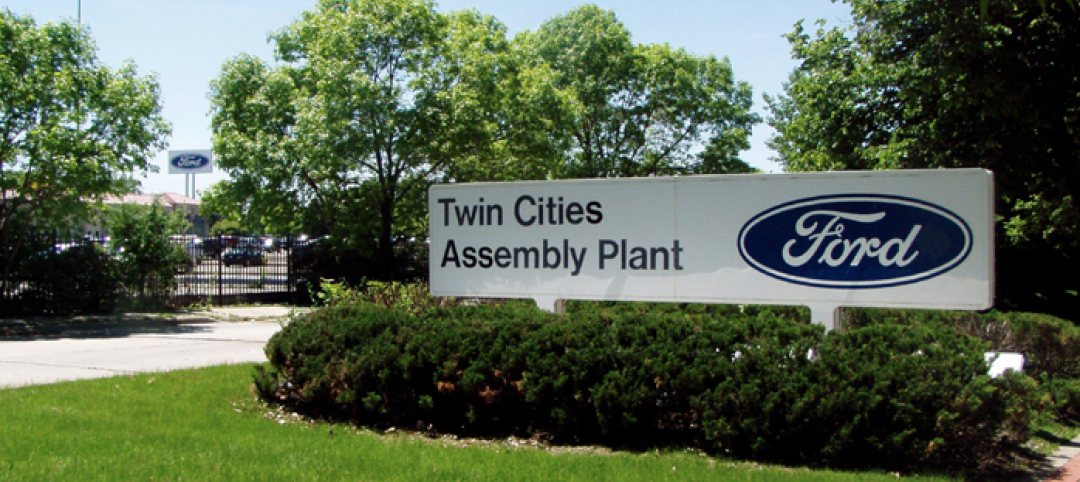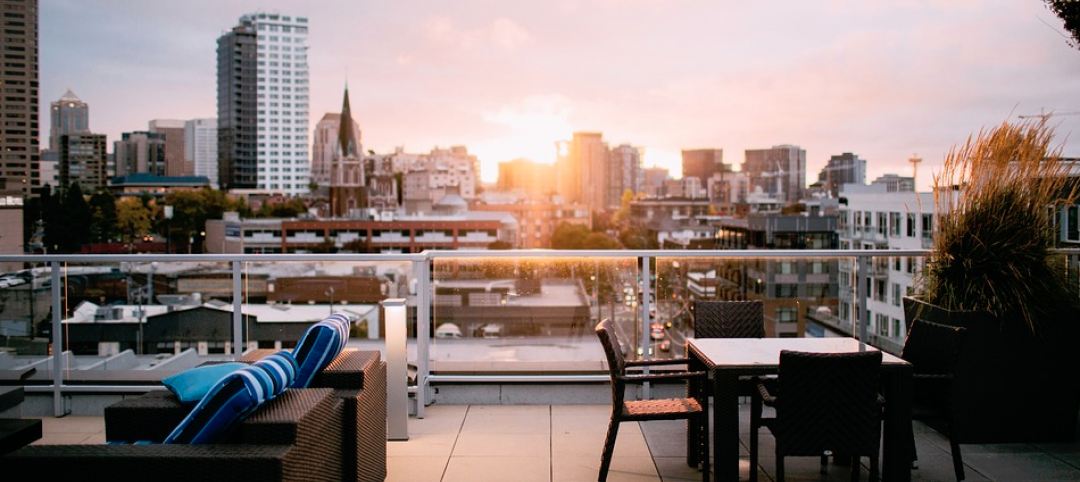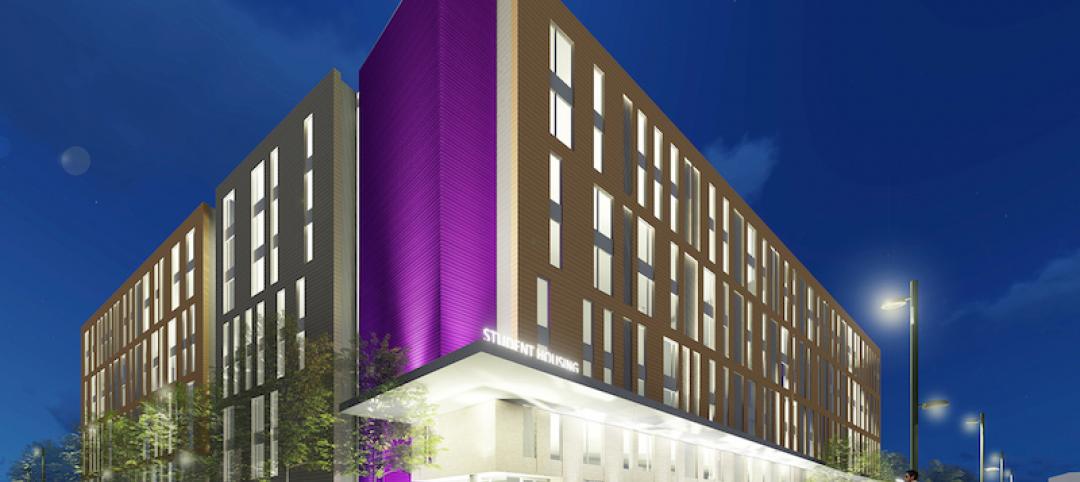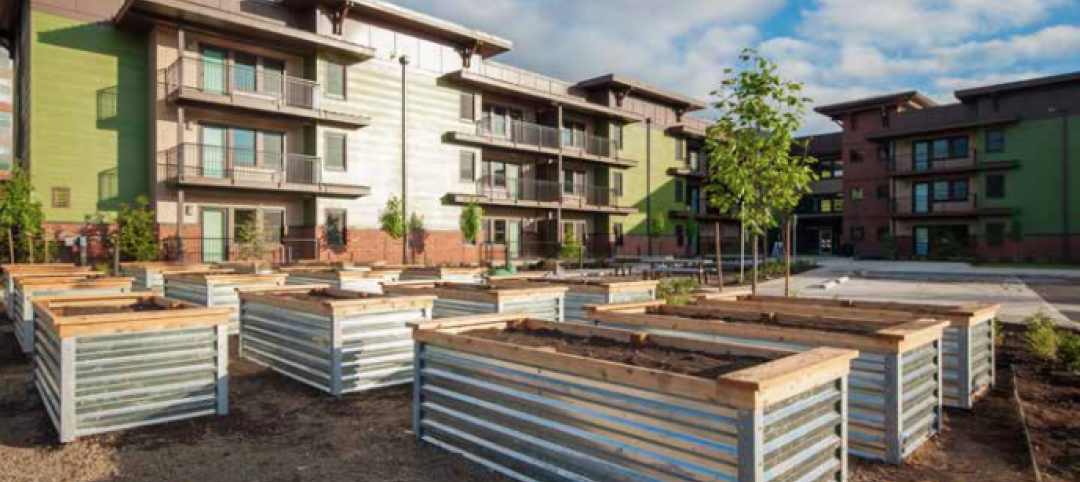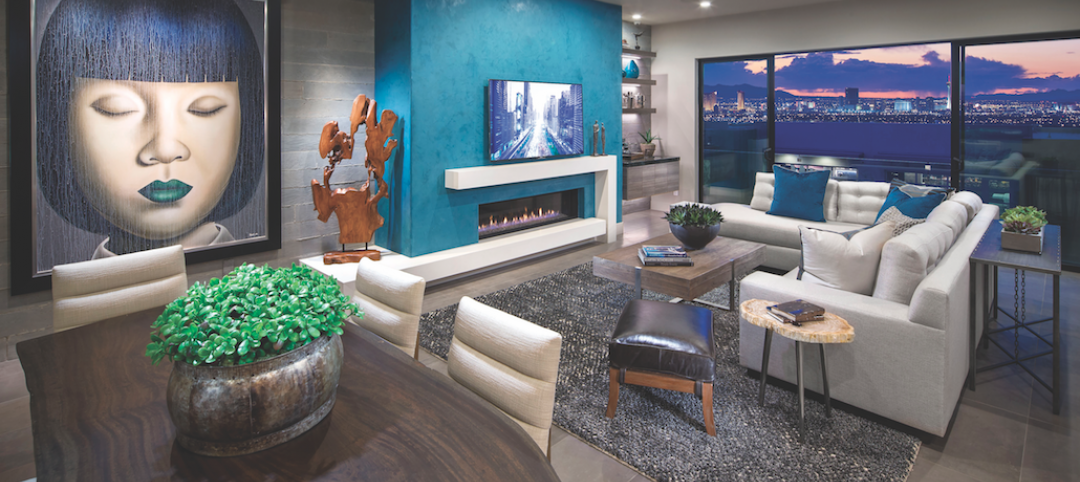Nearly 40 million Americans live in apartments. And because of the COVID-19 pandemic, developers and residents have been forced to rethink apartment living in terms of health, space, and utility.
To capture these thoughts, and to understand the future of multifamily housing, a team at Grimm + Parker Architects, which specializes in affordable and sustainable architecture projects, last summer conducted a fact-based exploration of the challenges and pressures that developers and residents experienced during the health crisis, and how those factors are likely to affect apartment design.
Other design firms have speculated on the impact COVID-19 is likely to have on apartment living, but far fewer have provided solutions as specifically as Grimm + Parker.
The following article is based on the report that came out of that firm’s exploration, titled “The New Normal and the Future of Multifamily Housing,” and created from responses of a dozen developers and 91 residents in the Washington, D.C.–Maryland–Virginia markets. This article also draws from commentary from three Grimm + Parker design architects—Zak Schooley, AIA, LEED AP BD+C, Executive Vice President; Julio Cruz, Architectural Designer; and Lauren Gilmartin, Architectural Designer—whom BD+C interviewed last December.

The vast majority of the survey’s respondents—92%—saw the social and physical implications of COVID-19 as being at least moderate, and in some cases significant. “Quarantine is difficult enough, but the added noise from other residents makes it so much more difficult. I can hear doors slamming, cabinets slamming, constant thuds from neighbors above, dogs barking. It wears on mental sanity,” said one exasperated resident whom the report quoted. Download a PDF recap of the Grimm + Parker multifamily research report, The New Normal & The Future of Multifamily Housing.
Schooley pointed out that there was a lot of concern expressed about health and safety, and the increasing density of apartment projects, which complicated social distancing and the ability of residents to “separate” rooms within apartments for different uses. And 80% of residents indicated a shift in desired residential unit types, which was a disconnect in developer thinking.
Common challenges cited by respondents included the lack of adequate space while sheltering-in-place, to live, work, and exercise. Only 11% of the resident-respondents lived in an apartment with a balcony, so quarantine made access to the outdoors problematic. Conversely, those respondents with balconies were able to adapt that space for, say, fitness or meditation.
The quarantine sometimes required residents to make purchases, like paper goods and cleaning products, in quantities that otherwise might seem extraneous. Many of the survey’s respondents had to come up with makeshift storage solutions by purchasing shelving or creating “contaminated” storage areas for wallets, keys, and bags.
SEEKING SPATIAL FLEXIBILITY IN MULTIFAMILY UNITS
In its report, Grimm + Parker suggested myriad design changes for a typical 733-sf one-bedroom apartment. “With the projected success of the work-from-home business models, residents will need their units to become more versatile and adaptable, to provide users with enhanced technology, spatial flexibility, and separation, as well as provide adequate mental relief through connection to the outdoor environment and fresh air,” the report stated.
The firm highlighted changes that included five-foot-deep balconies and French doors; larger glazing for natural light; physical areas for activities and hobbies; four-foot-deep pantry cabinets; moveable tables; and additional storage.
Schooley noted that tenants also need places where they can “isolate,” even if for a short spell.
BIGGER AMENITIES SPACES FOR APARTMENT BUILDINGS
The report touched on how COVID-19 has altered tenants’ and developers’ perceptions about an apartment building’s amenities. For example, 80% of users said it was a challenge maintaining social distancing while exiting their buildings. More than 30% cited issues with the building’s cramped laundry rooms or package collection areas. And 91% said they’d be changing the way they use amenity spaces in the future.
Two-thirds of the developers who responded to the survey indicated they would like to see amenity spaces adjusted to fit social distancing standards and improved hygiene protocols. Elevators, lobbies, laundry rooms, and grocery pick-up zones were among the most mentioned spaces.

Cruz said that Grimm + Parker looked at how residents had been coping with COVID-19 to maintain some semblance of work-life balance, another key tenant concern. With that in mind, changes to common public spaces, said the report, should incorporate more offices and designated computer lounges, flexible seating, an open lobby, a pool deck, and a small living-room space. Common areas should also have operable doors that provide flexibility to size different rooms.
The report singled out how to make fitness rooms safer by enlarging them with an open floor plan. These areas should offer hand-sanitizing stations and designated spaces for individual and group exercise that include outdoor options. Operable doors would introduce more fresh air into the indoor space and allow for flexibility to scale rooms according to usage and need.
ONLINE PURCHASES OVERWHELMED MULTIFAMILY BUILDINGS
The pandemic exposed the inability of apartment buildings to handle the sheer number of packages they were receiving as a result of their tenants’ online purchases. (Digital Commerce 360 estimates that online spending in the U.S. rose 44% to $861 billion in 2020, and accounted for 21.3% of total retail sales last year.) Gilmartin noted that most buildings’ mail rooms, pre-pandemic, weren’t large enough or equipped to handle big packages or grocery deliveries.

Grimm + Parker foresees the multifamily building of the future with electronic refrigerated storage and ample package pickup spaces. The firm also envisions mailrooms with tenant boxes that combine with rentable office and conference room space. The area, in this vision, would have multiple points of entry.
Such an environment might also benefit from individualized mechanicals and airflow zoning for each space.
Schooley says he could imagine tenants renting space just to get out of their apartments for a while to complete a project, or to give their kids cooped up in the apartment because of quarantine a temporary change of scenery.
Related Stories
Codes and Standards | Jul 17, 2018
NIMBYism, generational divide threaten plan for net-zero village in St. Paul, Minn.
The ambitious redevelopment proposal for a former Ford automotive plant creates tension.
Codes and Standards | Jul 17, 2018
In many markets, green features are more of a requirement for apartment renters
Renters in many U.S. cities have come to expect green features in apartments that they rent, with an eye toward energy efficiency and healthy indoor air.
Multifamily Housing | Jul 13, 2018
Student housing vs. multifamily housing—what are the differences?
While student and multi-family housing share a common building form, it’s the student resident that drives the innovation of new spaces.
Multifamily Housing | Jul 11, 2018
Meet the ‘CoHaus’: N.Y. developer unveils large-scale flats concept for boomers, Gen Xers
With its new CoHaus development, Ward Capital Management is betting on baby boomers downsizing and Gen Xers upsizing.
Sponsored | Multifamily Housing | Jul 10, 2018
Renovated mixed-use development features more desirable rentals
Multifamily Housing | Jul 2, 2018
17-unit condominium will rise one block south of Sunset Boulevard in West Hollywood
SPF:architects is designing the building.
Multifamily Housing | Jun 27, 2018
To take on climate change, go passive
If you haven’t looked seriously at “passive house” design and construction, you should.
Market Data | Jun 19, 2018
America’s housing market still falls short of providing affordable shelter to many
The latest report from the Joint Center for Housing Studies laments the paucity of subsidies to relieve cost burdens of ownership and renting.
Multifamily Housing | Jun 13, 2018
Multifamily visionaries: KTGY’s extraordinary expectations
KTGY Architecture + Planning keeps pushing the boundaries of multifamily housing design in the U.S., Asia, and the Middle East.
| May 30, 2018
Accelerate Live! talk: An AEC giant’s roadmap for integrating design, manufacturing, and construction
In this 15-minute talk at BD+C’s Accelerate Live! conference (May 10, 2018, Chicago), Skender CEO Mark Skender and Chief Design Officer Tim Swanson present the construction giant’s vision for creating a manufacturing-minded, vertically-integrated design-manufacturing-build business model.




